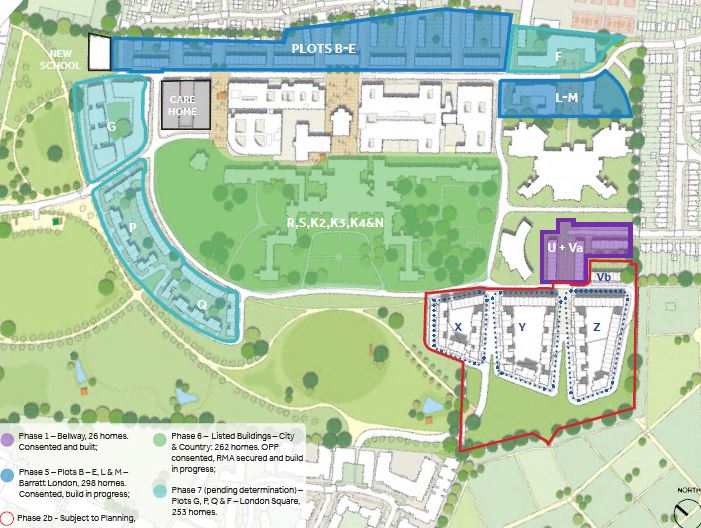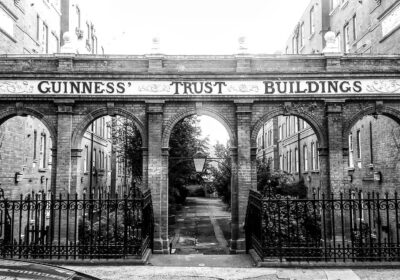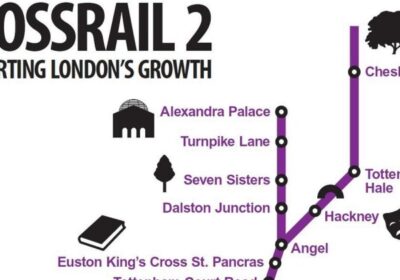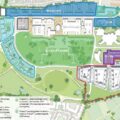Last month’s decision by Wandsworth Council to continue a more than decade long theme of opposing the Springfield Hospital redevelopment highlights the desperate need for planning reform. Chris Worrall, in his blog for Left Foot Forward, provided some valuable analysis following a decision where cross-party efforts turned down a 50% affordable housing proposal by Barratts. This is a set back for Barratts, Wandsworth and London and a stark reminder of the continued decline in the functionality and rationality of the planning system.
I was the Chair of the Committee which refused the original 2012 application. The Committee came under enormous and daily pressure to refuse the proposal. Its decision was overturned at appeal. Twelve years on, Barratts had sought to lodge a new application for a parcel within the extant permission to significantly increase the density but also the affordable housing offer. The opposition has endured with the 2012 decision. A history of how bad things happen to good ideas.
The site and planning
A quick recap for the uninitiated in this sorry tale. Springfield Hospital is a psychiatric hospital in Tooting, South London and also serves as the headquarters of the Southwest London and St George’s Mental Health NHS Trust. The genesis of the original proposal was to upgrade dilapidated facilities, improve the financial standing of the Trust and make better use of the land which the facility occupied. All sounds sensible on paper.
The site has been subject to applications for almost 15 years. The original permission to build 839 residential units was granted through appeal in 2012.
As time moved on the 839 homes have been built. The Barratt proposal was for an additional 449 homes on the southern end of the site.
What makes planning so difficult for Springfield
There are three background issues at play in relation to the Springfield site which tell you a lot about how the planning system can fail us. Firstly, the site is within Metropolitan Open Land but some of it has been built on.
There is recognition, led by the Labour Party that land which sits next to or within major conurbations needs a better classification. No one is saying build over parks. But there is lots of open land without a function which could be used.
If we have a green belt, then we need to make brownfield work really hard and often land associated with brownfield. Take London for example, despite a population increase of 20% since 1955, the Metropolitan greenbelt has largely stayed intact, equating to roughly three times the size of London itself. See my earlier blog on this.
The next issue was the original planning application came about in a time when five-day office migration was the prevalent means of working. The site sits in what TFL term a low transport accessibility area. There was huge concern relating to the additionality of car-based traffic.
As Chair at the time, I struggled with this one. In my opinion, this is what led the Committee towards a refusal. Stepping back from the maelstrom today, the fundamental point was about infrastructure and what should be the priority for the existing community when new housing comes. The planning system doesn’t know what to do in these circumstances and over the last twenty years has increasingly layered on requirements for developers to fulfil. This results in developers being set up to fail. One voice asks them to deliver affordable housing without grant, another asks for new roads, another asks for upgrades to local facilities. There is a case for a one single tax source which pools all the benefits together. Layering just means silting and silting just means blockage.
Finally, the site sits in a well-heeled area and there is a strong local voice which is organised against development. As I found out in 2012, it also managed to effectively capture the local political representatives. It’s a rite of passage that being elected to any level of governance in the south London Tooting area involved being stolidly opposed to Springfield Hospital. As a new and inexperienced Chair, I was put under significant pressure from a range of well meaning actors. An awesome coalition formed up as the picture below will testify. Local political bird watchers will spot a few power players aligned in this picture:
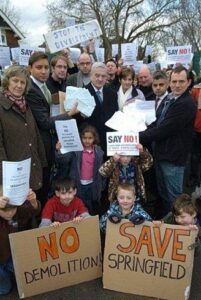
Conclusion
Chris Worrall in his blog talks about Nimbys on Wandsworth Council. I think he is half right but knowing some of the characters they were put in an impossible situation.
I am worried with the increasingly complex system there is less and less incentive for politicians to be brave. Getting out of the habit of approving applications is part of the cultural problem. The incentives are just not there and the penalties seem to be pretty limited too. The New Homes Bonus doesn’t cut through and because there are so many asks, politicians get into the habit of thinking new proposals are sub optimal when the real world is about hard-boiled trade-offs.
If the next Government keeps with the approach of asking micro local representatives to make major decisions on investment which benefit the wider community then we need to consider liability. Most local representatives are not elected by the majority of those which live in their area. There are roughly 25-30% turnouts with less than half voting for the successful candidate. This is a system open to capturing politicians. If that is the case then there needs to be counter measures to prevent and a case for some form of liability to be attached to members who consistently overturn local officer recommendations.
Personally, I think the introduction of personal liability would be a bad outcome and a better approach would be to place more democratic accountability on site allocating. Leave decisions on actual detailed planning applications to professional planners. That is coming from a former Committee chair who tried to do the right thing but sometimes failed and believes strongly in the power of local government to do good.

